Unlock your genetic potential or gift the power of personalized health. Browse our Supersaver Packs now.
Need to log in to your Nebula Genomics account but can't figure out how? Our step-by-step guide will help you sign in to the website in three easy steps. Once you access your dashboard, you can explore the services that Nebula has to offer.
Accessing your Nebula Genomics login is simple. Follow these steps to get started:
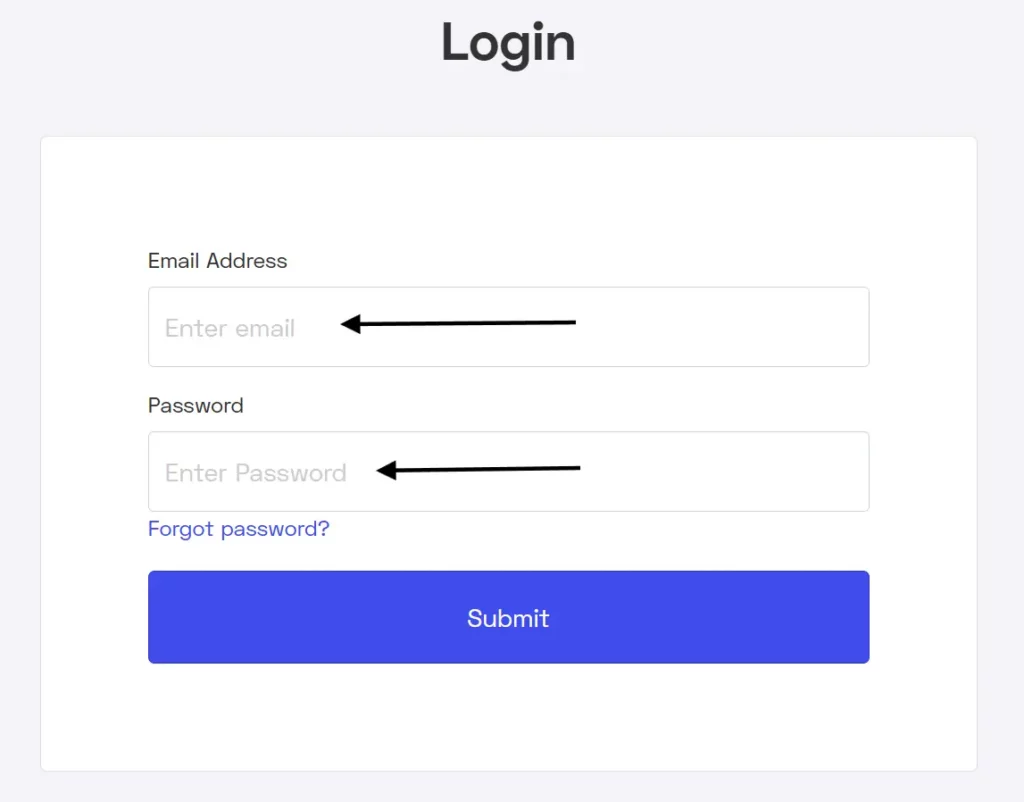
3. Click submit, and you should be able to access the account
Don’t worry; resetting your Nebula Genomics login credentials is easy.
Click on the “Forgot Password” button.
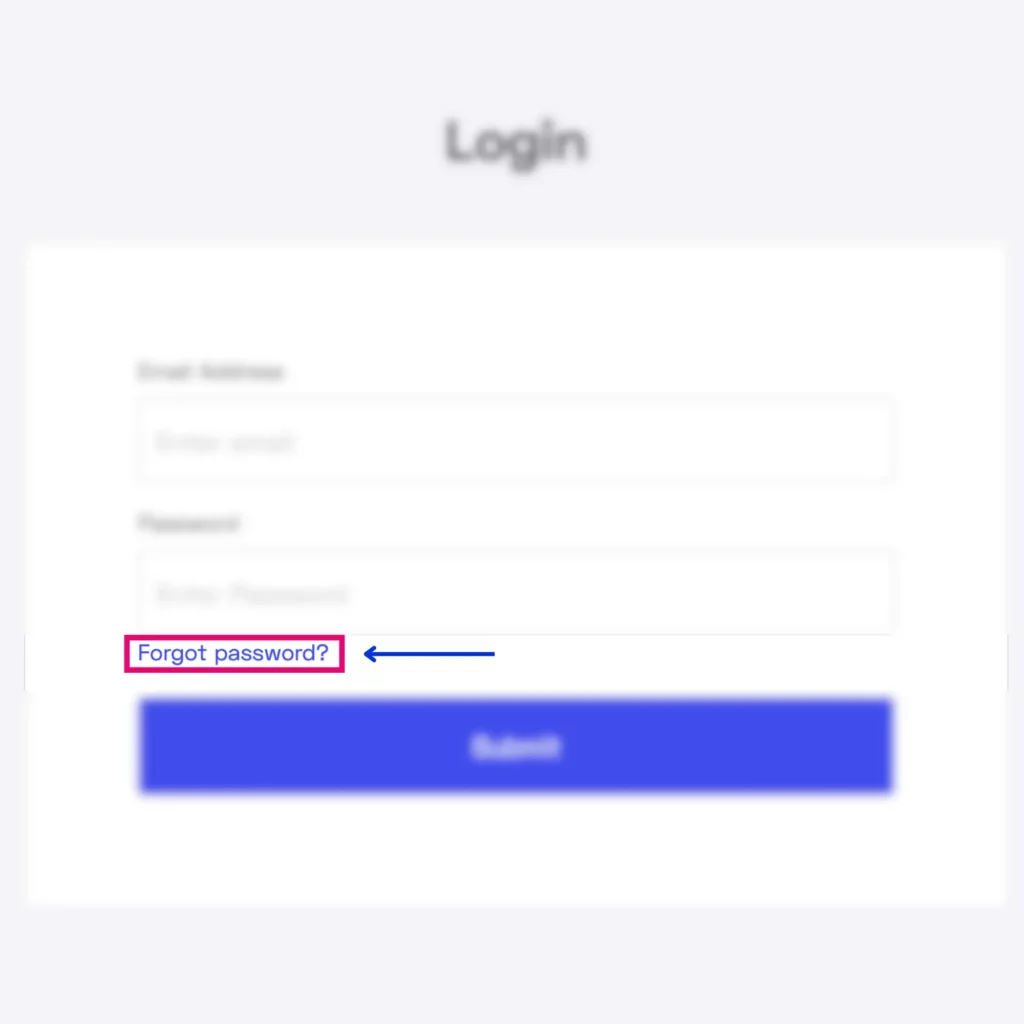
From here, in 3 easy steps, you can reset your password and recover your Nebula Genomics account.
If you do not have an account with Nebula Genomics, you can create an account by clicking on the “Sign Up For Free” link.
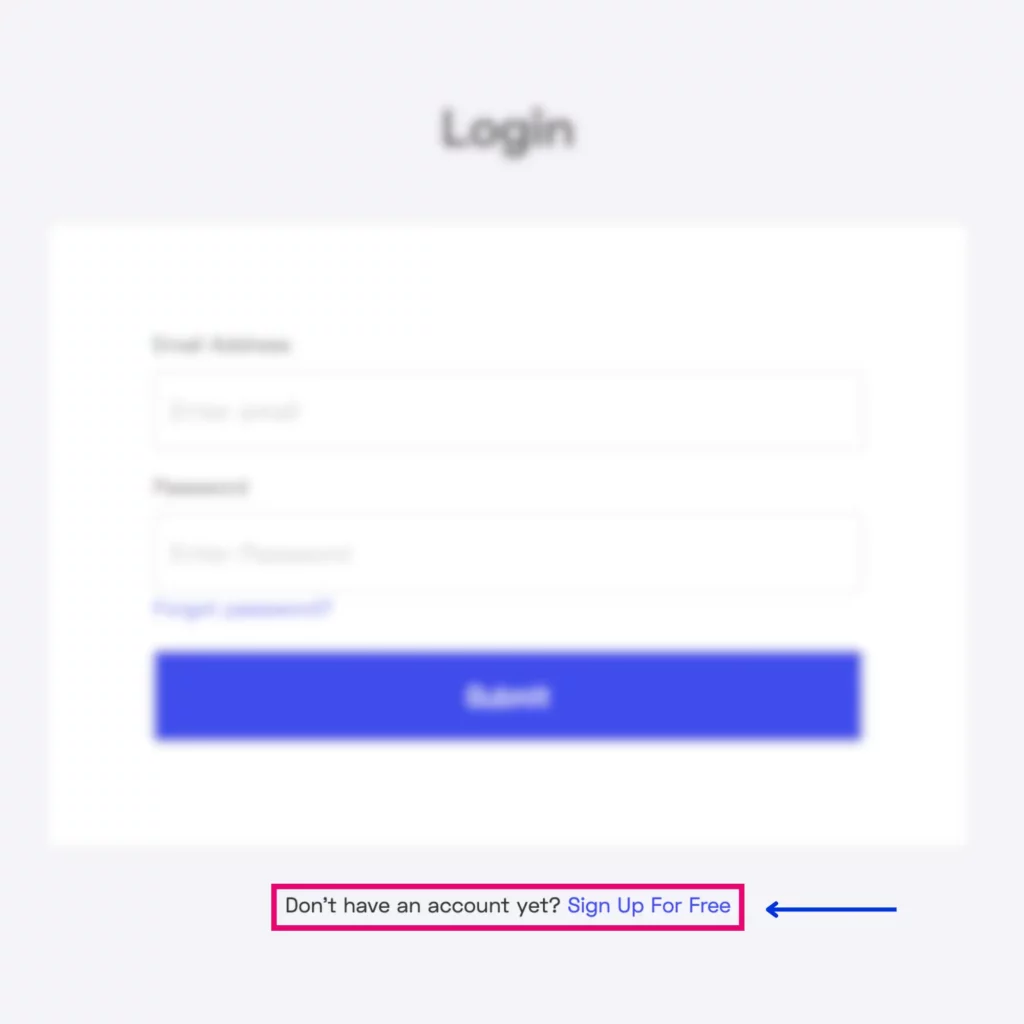
Follow these steps to create a free account:
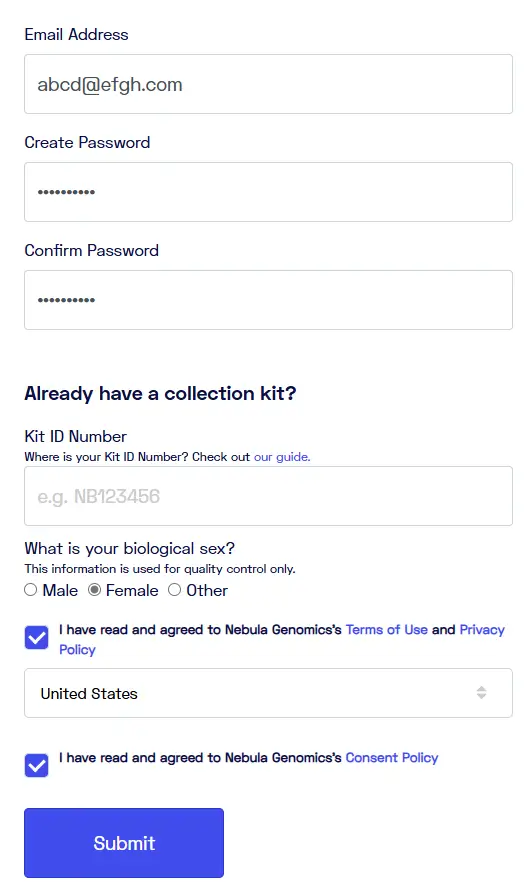
6. Nebula will send a verification email - click on the confirm button in the email.
7. Your account will be created, and you’ll be redirected to your account dashboard.
Xcode Life's Genome Pack - $199 70% OFF
The Genome Pack includes Gene Nutrition, Gene Fitness, Gene Skin, Traits and Personality, Gene Sleep, MTHFR and Methylation, Gene Health, Gene Allergy, BRCA and Breast Cancer, and Personalized Medicine reports + FREE Caffeine Report
*exclusively for people who have already taken a DNA test. no DNA kits sold
Nebula Genomics offers DNA testing services focusing on whole genome sequencing, which provides a detailed analysis of a person's genetic makeup.
They offer reports that cover ancestry, genetic traits, and health insights.
Here’s a breakdown of their key products and services:
1. Whole-genome sequencing: Nebula Genomics focuses on sequencing 100% of your DNA, providing in-depth insights.
2. Ancestry reports: Their reports give users information about their ancestry, including regional breakdowns and potential connections to ancient populations.
3. Health insights: Nebula offers reports that assess genetic predispositions to certain conditions, physical traits, and wellness suggestions.
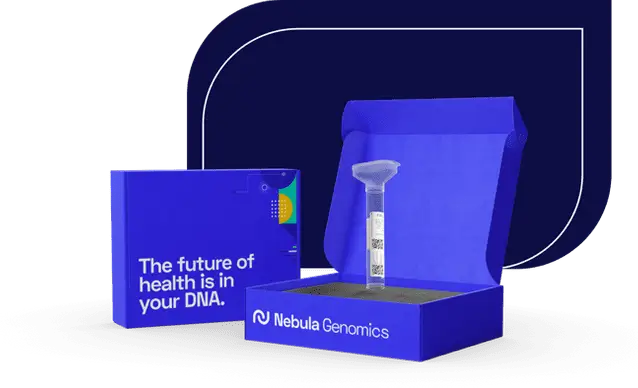
Nebula Genomics’ pricing model typically includes:
They occasionally offer discounts, so pricing may vary.
Nebula Genomics offers ancestry analysis through its deep genetic ancestry service, which utilizes whole genome sequencing. However, it primarily collaborates with external programs like Eurogenes and YFull for detailed ancestry insights.
The cost of Nebula Genomics' whole genome sequencing (WGS) starts at $249 and goes up to $999. Additionally, a membership fee is required for accessing personalized reports and tools.
The company, founded by Harvard professor George Church, emphasizes privacy and data security, utilizing blockchain technology to anonymize genetic data. However, some users have reported inconsistencies in raw data analysis, so it's advisable to approach results cautiously and verify findings through additional research.
One Reddit user writes, "Nebula has given me answers to health issues that none of my doctors have been able to figure out."
On the other hand, several Trustpilot users have opened up about delays in receiving their orders, with one user writing, "One year later and never got my results. Nebula ... have not corrected this problem."
| Feature | Invitae | Nebula Genomics |
| Focus | Genetic testing for inherited conditions | Whole genome sequencing and health insights |
| Order process | Through a practitioner | Consumer can directly order |
| Ancestry analysis | Limited ancestry information | Collaborates with external services for ancestry |
| Pricing | $250 - $450 (insurance coverage available) | $249 - $999 |
| Data privacy | HIPPA compliance, consent, CLIA - CAP verified, de-identification of data | Blockchain and encryption, limited third party access |
Nebula Genomics is not free, but users can upload raw DNA data from other services at no cost. The primary offerings, including whole genome sequencing and access to detailed reports, require payment.
Sequencing with Nebula Genomics typically takes 4-8 weeks after sample submission. However, some users have reported longer wait times due to various factors, such as demand and processing capabilities. They usually provide regular updates on progress through their platform.
Hormonal imbalance is a concept thought to occur most often in females. But did you know that males are also prone to a decrease in testosterone, the male sex hormone? Male hypogonadism is a condition where one’s testicles do not produce adequate amounts of testosterone. It affects libido, sperm count, and sexual ability. Left unchecked, it can affect mental health. What causes low testosterone? Is low testosterone genetic? Let’s find out more in this blog!
Low testosterone or male hypogonadism can be of two types-
A medical professional can determine the cause of hypogonadism and recommend a suitable treatment plan.
The usual range of testosterone (recorded in the morning) is generally 300-1000 nanograms per deciliter (ng/dL).
An individual is diagnosed with hypogonadism if their morning testosterone levels are <300 ng/dL on at least two occasions.
It is important to note that testosterone levels change with age.
The average elderly male has between 500 and 800ng/dL, whereas younger adults can expect a value between 600 and 900.
In addition to the testosterone levels, the doctor also evaluates concurrent symptoms that may indicate hypogonadism before diagnosing the condition.
Here are a few common symptoms of low testosterone:
There are several possible causes of low testosterone.
Causes Of Primary Hypogonadism
This kind of hypogonadism occurs when an inherent problem prevents the testicles from producing adequate amounts of testosterone.
Some conditions that could lead to primary hypogonadism are:
In addition to these genetic causes of low testosterone, other acquired causes include:
Causes Of Secondary Hypogonadism
As the name suggests, this type of hypogonadism occurs secondary to other conditions as a side effect.
Some of these conditions include:
Most males experience lower testosterone levels as they age.
However, certain health conditions, genetic changes, and medications can also cause low testosterone in men.
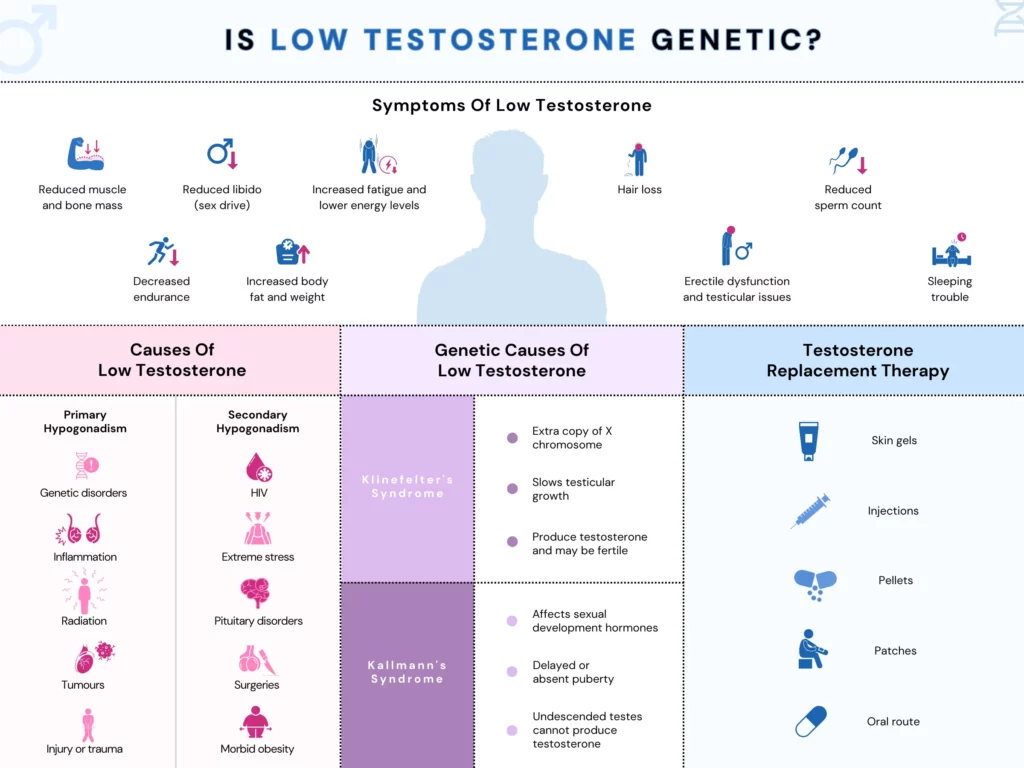
In addition to the causes of low testosterone mentioned above, there is a strong genetic link that may cause the condition.
Substantial evidence suggests abnormal gene changes (mutations) may affect testosterone levels.
Several genes have been identified that may increase the risk for low testosterone in males.
A 2021 study identified 114 new genetic markers that can assist doctors in determining the chances of males developing low testosterone in adulthood.
However, low testosterone is not considered a genetic condition.
Low testosterone is a common side effect of some genetic disorders, especially those that target the sex chromosomes.
This is a condition in which someone assigned male at birth has an extra copy of the X chromosome (XXY) instead of the usual XY.
It is a prenatal genetic condition but is not usually diagnosed until adulthood.
Klinefelter syndrome affects testicular growth, resulting in smaller testicles.
In turn, shrunken testicles produce very little testosterone and sperm.
Assisted reproductive technologies (ART) can help people with Klinefelter’s to have children naturally.
This syndrome is characterized by delayed or absent puberty.
It is a type of hypogonadotropic hypogonadism, meaning it affects the production, release, and effect of hormones that promote sexual development.
People born with Kallmann syndrome are born with a small penis and undescended testes.
Therefore, these individuals produce little or no testosterone and have delayed or absent puberty.
Some causes of low testosterone are heritable.
People with a family history of low testosterone may be at a heightened risk of developing the condition.
Different genetic conditions that cause male hypogonadism have different inheritance patterns.
Some may be dominant, meaning you will inherit the condition if one parent has it.
Others could be recessive, meaning you can only inherit the condition if both parents have it.
X-linked inheritance is more complex, determined by your mother’s carrier status and whether or not your father carries the gene for that condition.
Rena Malik, MD, is a board-certified urologist with specialized training in Female Pelvic Medicine, Reconstructive Surgery, and Sexual Medicine.
She explains why measuring testosterone in the morning is essential, saying, “Among men with traditional sleep patterns… ..your peak testosterone values occur between 3 and 8 AM. They’ve looked at total testosterone levels at 4 PM… and found that they’re 20-25% lower than measurements taken at 8 AM.”
If your doctor suspects low testosterone, they will perform a physical examination and recommend a few tests to determine the level of:
Low testosterone is treated using testosterone replacement therapy.
It is available in different forms, such as:
While testosterone therapy is routinely performed in males with low levels of the hormone, it does carry some risk.
A small number of males may experience the following risks of testosterone therapy:
Depending on your overall health and the presence of other comorbidities, your doctor will determine if you are a candidate for testosterone therapy.
In many cases, testosterone replacement therapy can help restore the levels of the hormone in the affected individual.
If the low testosterone is due to genetic or congenital causes, a one-time fix may not work.
If the low testosterone is due to modifiable factors like medications or poor lifestyle, making the required changes can help restore normal testosterone levels.
In addition to genetic changes, a poor lifestyle can lower testosterone levels.
Here are a few ways to increase your testosterone levels naturally:
Low testosterone affects 15% of subfertile males (males with lower fertility), but it does not have a direct link to fertility.
Studies have shown that having low testosterone does not impact semen volume, sperm count, motility, or other fertility parameters.
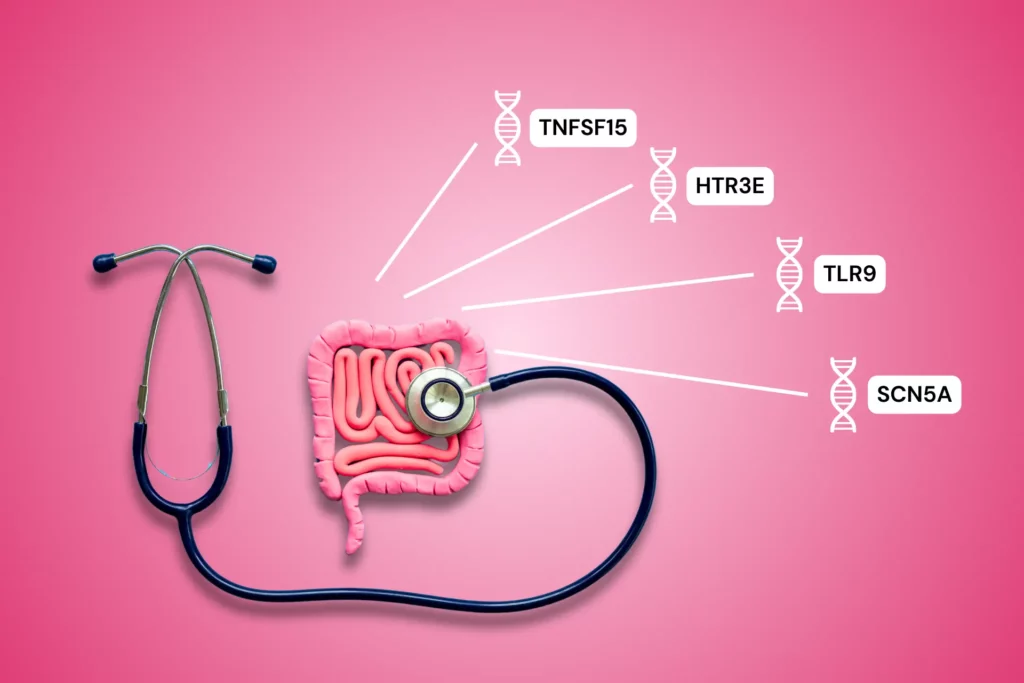
Is Irritable Bowel Syndrome (IBS) Hereditary? What Is Your Genetic Risk

Are Thick Eyebrows Genetic?

Is Flexibility Genetic?
More than 200,000 people in the United States Google "how to lose weight fast" every month. No wonder social media is rife with weight loss advice! The latest on the bandwagon made popular by TikTok is the Gary Brecka diet. It's a diet brought into fame by Gary Brecka, a mortality expert, and is inspired by Tim Ferris's "The 4-Hour Work Week." Here, we explore Gary Brecka's 30/30/30 diet, its pros and cons, and how to follow it.
The Gary Brecka diet is a high-fat, low-carb, and moderate-protein diet designed to place your body in ketosis.
Hence, it is also called the Gary Brecka keto diet.
Typically, your body draws energy from glucose.
But during ketosis, your body draws energy from ketone bodies produced from fat.
Gary Brecka advocates reducing refined sugars and processed fat in one's diet and promoting eating whole foods instead.
His 30-30-30 diet advocates eating 30 grams of protein followed by 30 minutes of exercise within 30 minutes of waking up.
Gary Brecka also recommends a personalized nutrition and supplementation plan based on genetic and blood test results.
Gary Brecka, a human biologist by profession, is considered by many to be a mortality expert.
He claims to help people improve their body's function and delay aging.
He co-founded 10X Health Systems, a team focused on improving human lifestyle.
Some of his most well-known clients include Ultimate Fighting Championship president Dana White.
He recommends the 30-30-30 diet, inspired by Tim Ferriss's book The 4-Hour Body.
Gary Becka says blood sugar triggers insulin secretion and blocks other energy utilization.
Some research suggests that blocking insulin secretion may lead to weight loss in adults.
Also, some claims have suggested that Brecka's recommended steady-state cardiovascular exercises bring one's heart rate to an optimum point for weight loss.
However, there have been no extensive studies on this diet, and the claims can't be verified.
The Gary Brecka diet is claimed to have health benefits, such as lowering blood sugar levels, regulating hormones, and maintaining energy levels.
Hand-picked Article For You: Gary Brecka's 10X Health System Review
The Gary Brecka 30/30/30 diet promises to "melt your fat" through a specific routine involving a high-protein breakfast and timely exercise.
Let’s break down the components of this diet and see if it truly lives up to its claims.
One key component of the 30/30/30 diet is having a high-protein breakfast.
A high-protein meal can indeed make you feel full longer and reduce cravings throughout the day, making it easier to manage your calorie intake.
This is because protein takes longer to digest and can keep you satisfied for a more extended period.
However, there is no substantial evidence to suggest that the exact timing of your protein intake significantly impacts weight loss.
What's more important is maintaining a high-protein diet overall and ensuring you are in a calorie deficit.
Exercise is undoubtedly beneficial for weight loss and overall health.
However, the specific timing of your workout is less crucial than the consistency and intensity of your exercise routine.
Whether you do your cardio in the morning or later in the day doesn’t significantly impact your weight loss results.
The Gary Brecka 30/30/30 diet includes some useful principles, such as eating a high-protein breakfast and engaging in regular exercise.
However, the fundamental driver of fat loss is creating and maintaining a calorie deficit.
This can be achieved by consuming fewer calories or increasing the number of calories you burn through physical activity.
The specific timing of meals or workouts, as promoted by the 30/30/30 diet, is not as critical as ensuring you are in a calorie deficit throughout the day.
Xcode Life's DNA Fitness Report - $50 $30
Aerobic, heart, & lung capacity, power & endurance workouts & more. The one-stop report on how to optimize your workouts with DNA-based recommendations.
*exclusively for people who have already taken a DNA test. no DNA kits sold
The Gary Brecka diet, which is mainly a ketogenic diet, might cause more harm than good if you suffer from any of the following conditions:
You should consult your doctor before starting any new diet, supplements, or exercise routine.
Any ketogenic diet, including the Gary Brecka diet, is not recommended for children.
Keto diets can limit carbohydrate consumption, which children need for regular physical and mental growth.
Foods rich in carbohydrates also have fiber, which helps regulate blood sugars and prevent constipation.
Children need around 130 grams of carbohydrates daily, while the keto diet limits them to 20-30 grams.
Here are a few food items that Gary Brecka advises to avoid:
Gary Brecka recorded the following supplements alongside following his diet:
The 30-30-30 challenge is a ketogenic diet Gary Brecka promotes on social media.
It promotes consuming 30 grams of protein followed by 30 minutes of exercise within 30 minutes of waking up.
Brecka did not initially come up with this, but he promoted it on social media, which has increased its popularity.
For most people, following this diet should be safe and potentially beneficial.
However, if you have certain health conditions or dietary restrictions, like those that require avoiding a ketogenic diet, this plan might not be suitable.
The benefits of a high-protein breakfast and regular exercise are well-established, but the specific timing is less crucial.
In most cases, following this timing won't cause harm, but it might not provide additional benefits over a more flexible schedule.
Before making significant changes to your diet or exercise routine, it's essential to consult with your healthcare practitioner, especially if you have existing health conditions.
Gary Brecka helped Dana White lose 39 pounds, which claimed to have dramatically changed his body in 2022.
Brecka conducted blood tests on White and concluded that he had just ten years to live.
He then put White on an 86-hour water fast and cut out all simple carbs from his diet, which allegedly helped him lose weight and regain shape.
The 30/30/30 diet, made famous on social media by Gary Brecka, claims to help you lose weight and promote longevity.
It is a ketogenic diet in which you eat 30 grams of protein within 30 minutes of waking up and then 30 minutes of cardiovascular exercise.
This diet claims to regulate blood glucose levels and reduce cravings.
However, it is not backed by scientific research, and some experts feel that the claims made by Gary Brecka are far-fetched.
We advise talking to your healthcare provider before starting any diet.
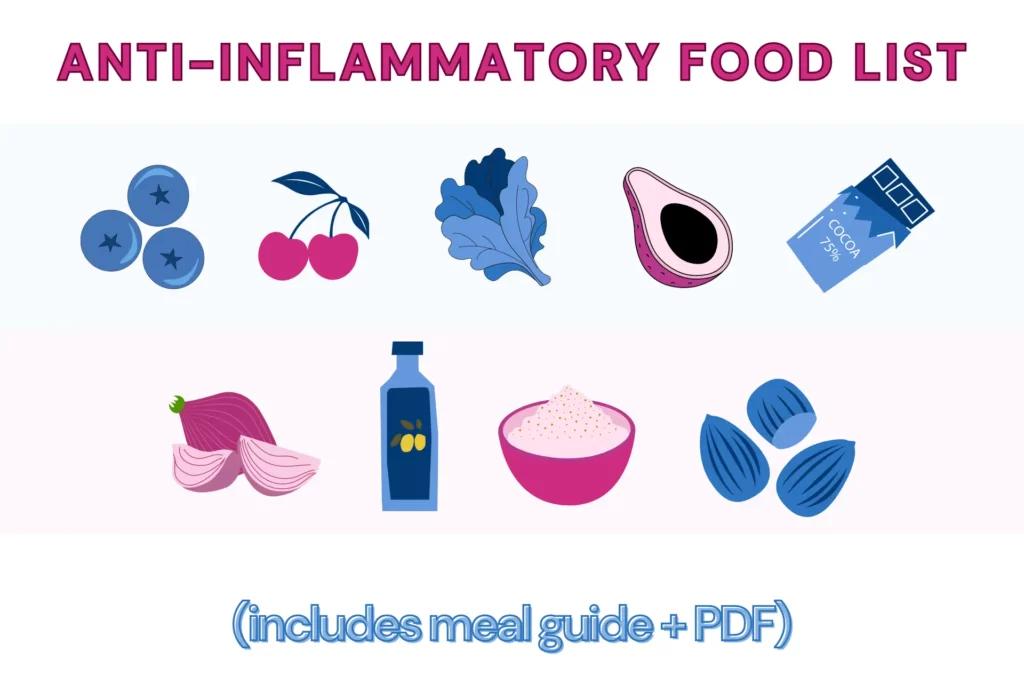
The Ultimate Guide To Anti-inflammatory Diet + Food List PDF
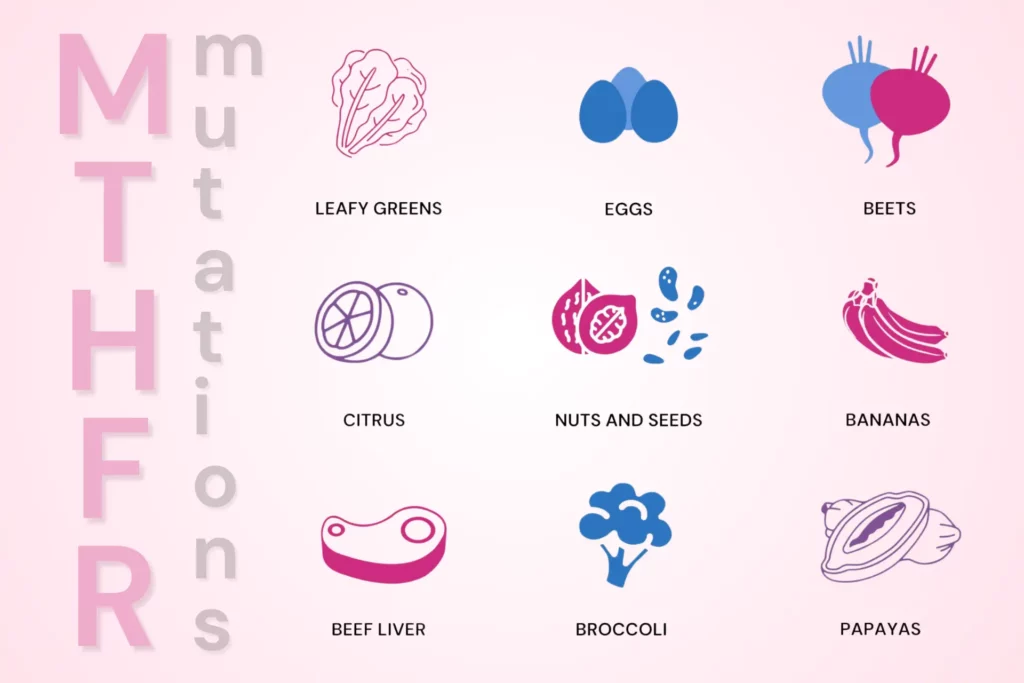
MTHFR Diet: What To Eat, What To Avoid For MTHFR Mutation
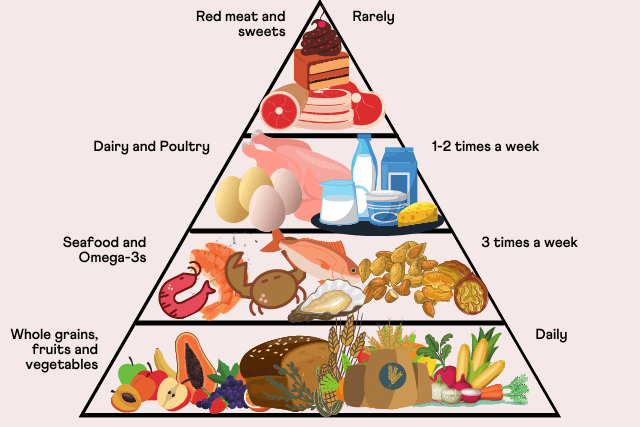
How Genes Influence Your Response To Mediterranean Diet
https://pubmed.ncbi.nlm.nih.gov/36615743
https://www.mdpi.com/2072-6643/13/8/2840
Height is a trait often associated with beauty. Several wellness companies claim their products can make you taller and thereby "more attractive." However, it's important to remember that height is genetic. How tall or short you could be is pre-determined by the genes your parents pass down when you're born. If height is genetic, is it possible to increase it? Let's go through all the factors that play a role in determining your height.
The genetic makeup your parents pass down determines 80% of your height.
Since height is a polygenic trait (determined by multiple genes), it is difficult to predict precisely how tall or short a child will be.
Your lifestyle, environment, and nutrition play a role in determining the other 20%.
Hormone levels in the body (which genes can also influence) control height to an extent.
Both genetics and environmental factors control height.
Researchers have identified more than 700 genes that directly or indirectly affect height.
Some of these genes affect cartilage in growth plates, which influences bone lengthening.
Many other genes and how they influence height remain unknown.
Some genetic disorders like Down or Marfan syndrome can cause extreme variations in height.
Besides genetics, nutrition plays a vital role in height.
Insufficient nutrition while growing can lead to stunted growth.
Height is a complex trait that is not regulated by one particular gene.
Several genes control it, and it also depends on environmental factors.
Scientists have found that height is under the control of the individual's DNA sequence variations that they have inherited.
However, which genes have an effect on height is only partially understood.
Some rare genetic variants, like FGFR3, cause achondroplasia, characterized by short stature.
The genes determining height are inherited from both parents, not just the mother or the father.
The height of other family members and close relatives can also determine a child's height to an extent.
It is possible to have tall children if both parents are of short height.
Though a major player, genetics is not the only factor that affects height.
Nutrition and environment also play a vital role in determining the height of an individual.
The right diet and lifestyle path could promote height growth from a young age.
Genetically, it could be possible if either parent has taller family members.
Although genes mainly influence height, several other factors affect how tall you will be.
Nutrition, sex assigned at birth, access to healthy food, and certain diseases and medications all determine your height.
Getting adequate nutrition in the growing years is essential for the overall development of your body.
Nutrition is also essential during pregnancy to ensure the growth and development of the fetus.
A diet rich in whole foods will ensure you grow up to the adequate height your genes permit.
Foods rich in protein and calcium are essential for growth and bone health.
Protein deficiencies in children can lead to diseases like marasmus and kwashiorkor, characterized by stunted growth and short stature.
Some protein-rich foods include:
Some calcium-rich foods include:
Males tend to be taller than females due to the influence of testosterone, the male sex hormone.
Males typically have a later onset of puberty than females.
Females will experience a growth spurt after their first menstrual cycle, usually around 12 years of age.
Adolescent males, on the other hand, will typically experience a growth spurt once they hit puberty and continue to grow longer than females.
Delayed puberty can reduce estrogen and testosterone levels in the body, which can result in stunted growth.
People who don't have access to food can be of short stature.
Those who come from lower socioeconomic backgrounds can struggle to get adequate nutrition.
This environment around a growing child can lead to stunted growth and lower height.
Scientists have identified several genes that cause rare genetic disorders.
These genes can also have more extreme effects on the height of an individual.
Some examples are:
| Gene | Condition |
| FBN1 | Marfan syndrome, acromicric dysplasia |
| GH1 | Isolated growth hormone deficiency |
| EVC | Ellis van Creveld syndrome |
| GPC3 | Simpson-Golabi-Behmel syndrome |
Apart from this, conditions like acromegaly can have a more extreme effect on height.
In acromegaly, the adult pituitary gland produces excess growth hormone, which causes a generalized enlargement of the body.
Once you reach adulthood, it is practically impossible to increase your height further.
The genes that you inherited from your parents will determine how tall you will become in your lifetime.
However, nutrition and medical conditions also affect your height.
Correcting anomalies in these spheres of your life could affect your height.
Undersecretion of hormones like thyroid and growth hormones can cause stunted growth.
Undergoing hormone therapy might also potentially lead to an increase in your height.
However, these strategies will not have much effect once you reach adulthood.
Sometimes, incorrect posture and lack of exercise can make you look shorter than you are.
Working on your posture and incorporating exercise into your daily routine might increase your height (or how tall you appear).
A significant increase in your height is unlikely after 18 years of age.
The growth plates between your bones that are responsible for increasing your height fuse after 18.
Once they fuse, your bones will no longer increase in length.
Multiple genes control height. This kind of inheritance is also called polygenic inheritance. However, some rare genetic mutations associated with genetic disorders can have extreme effects on your height.
Exercise cannot increase your height once you are an adult. However, lack of exercise can make you slouch and look shorter. Working out keeps your body in good shape and makes you appear taller.
Stretching cannot make you taller.
However, it can improve your posture and flexibility.
If you have a habit of slouching, you might seem shorter than you are.
Stretching can correct your posture and make you seem taller without increasing your height.

Is Flexibility Genetic?

Could Height Be A Risk Factor For Certain Health Conditions?

Are Thick Eyebrows Genetic?
https://medlineplus.gov/genetics/understanding/traits/height
https://www.scientificamerican.com/article/how-much-of-human-height
https://www.mdpi.com/2227-9067/11/8/916
https://pmc.ncbi.nlm.nih.gov/articles/PMC4892290
We’re all aging, and for the longest time, it seemed like nothing could be done about it. However, some drugs like MK-677 or Ibutamoren claim to be able to reverse or even prevent aging. MK-677 promises to be a ‘fountain of youth’ but is currently banned in several countries to prevent overuse by the public or misuse by athletes. It’s best to stay informed about MK-677, its benefits, and its side effects. This knowledge will help you make the right call for your health.
MK-677, or ibutamoren, is an orally bioavailable non-peptide growth hormone secretagogue.
This means it’s an oral drug that isn’t made of (easily digestible) peptides.
Secretagogues stimulate the production of enzymes or hormones.
MK-677 stimulates the production of the human growth hormone (HGH) from the pituitary.
HGH plays several roles in tissue growth, development, and repair.
An extended release of HGH can stimulate noticeable muscle growth, an attractive property for people who wish to undo aging’s effects on their bodies.
Though MK-677 is marketed as a substance that builds muscle, it is not entirely harmless.
MK-677 stimulates the production of HGH and insulin-like growth factor 1 (IGF-1). Here’s how it works!
MK-677 mimics the action of ghrelin, the hunger hormone, and binds to ghrelin receptors in the brain.
This action increases the levels of HGH and IGF-1.
The spike in these enzymes can augment body composition, stimulating muscle growth.
However, these changes are temporary, and the effects wear off when people stop taking the drug.
Ibutamoren, or MK-677, has several potential benefits:
Despite its many benefits, MK-677 can cause a series of side effects.
Notoriously, researchers stopped a clinical trial of MK-677 midway due to concerns about heart failure across the study participants.
Many studies have shown that MK-677 has a diabetes-like effect, increasing blood glucose levels, reducing insulin sensitivity, and increasing glycated hemoglobin (HbA1c) levels.
Other studies have shown that MK-677 may also negatively impact bone and bone mineral density.
Other reported side effects of MK-677 include:
Decreased Bone Mineral Density: In rare cases, prolonged use of MK-677 may reduce bone strength, increasing the risk of fractures over time.
Decreased Insulin Sensitivity: MK-677 can occasionally impair glucose regulation, potentially raising blood sugar levels and increasing the risk of diabetes.
Heart Failure Risk: Rarely, MK-677 may exacerbate fluid retention and strain on the heart, posing a risk of cardiac complications in predisposed individuals.
Despite the marketing around MK-677 and its many benefits, this substance has not yet been approved for human use.
The side effects of MK-677 vary depending on its dosage, duration, and individual health factors. Common side effects of MK-677 include:
According to a 2009 study, the side effects of MK-677 in healthy older adults were mild, transient lower extremity edema, transient muscle pain, and increased appetite, which subsided within a few months.
The study also found a significant but slight increase in fasting blood glucose and HbA1c at 12 months.
A 2009 study reported decreased low-density lipoprotein (LDL), known as “bad” cholesterol.
Interestingly, there was no change in “good” cholesterol levels.
Further studies can investigate this link and verify this finding.
There are limited studies on the effects of MK-677 on blood pressure.
A 1998 study stated that while systolic blood pressure remained unchanged, diastolic blood pressure and heart rate may increase at 8 weeks on administration of MK-677.
Administration of MK-677 can affect some hormones in the body.
Besides stimulating HGH and IGF-1 secretion, it can cause a slight increase in prolactin, a reduction in serum testosterone, and an increase in serum T3 (thyroid hormone) levels.
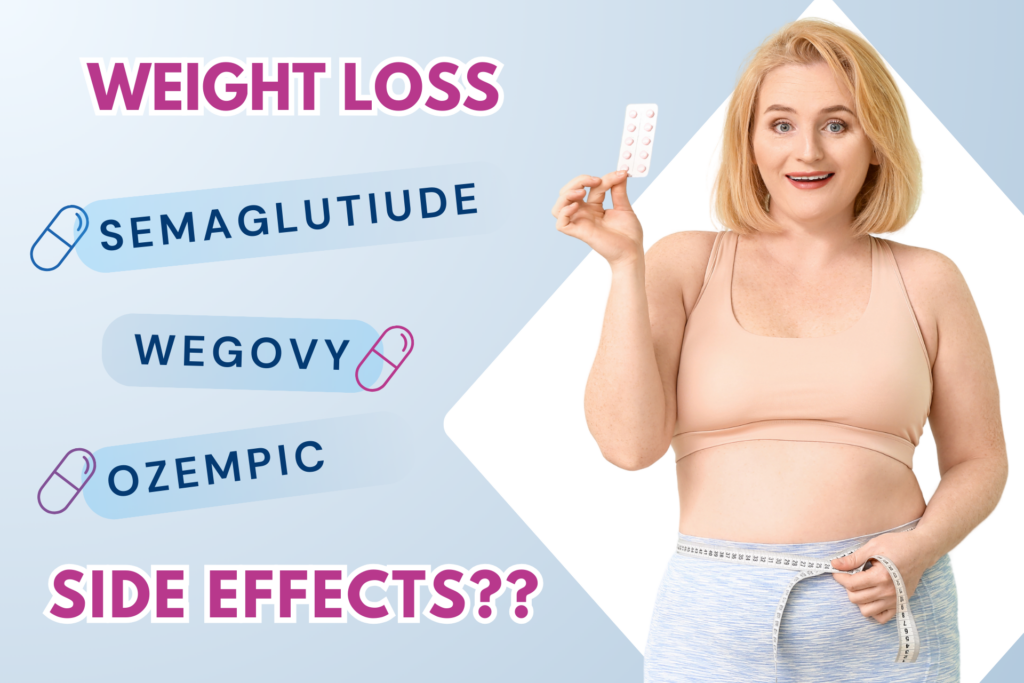
Common And Rare Side Effects Of Semaglutide For Weight Loss
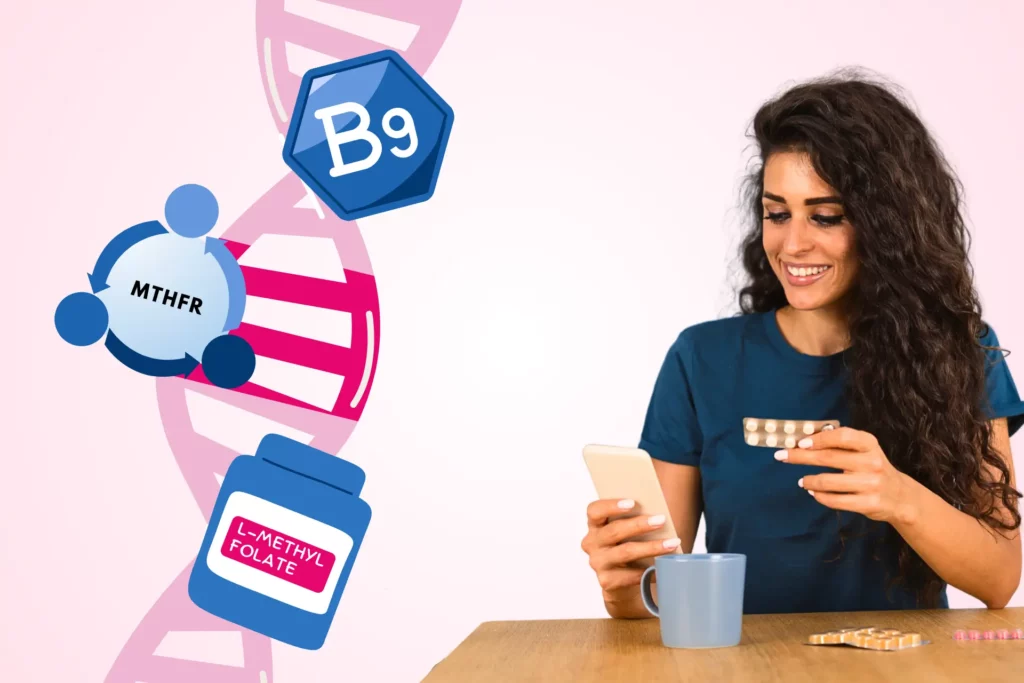
L-Methylfolate: How To Use, Benefits, And Side Effects

7 Best Biohacks For 2025 To Transform Your Health
https://healthymale.org.au/health-article/what-you-need-to-know-about-mk-677-ibutamoren
https://www.opss.org/article/performance-enhancing-substance-mk-677-ibutamoren
https://www.transformyou.com/mk-677
https://examine.com/other/ibutamoren
https://academic.oup.com/jcem/article-abstract/83/2/320/2865101?redirectedFrom=fulltext&login=false
https://pmc.ncbi.nlm.nih.gov/articles/PMC2757071
If you use your smartwatch as a sleep tracker, you might have come across the term "core sleep" in its report. This term could be confusing since core sleep isn't a scientifically described sleep stage like REM (rapid eye movement) and non-REM sleep. So, what is your sleep tracker measuring? What does it mean for your health? Understanding why core sleep matters can help you optimize your resting patterns and improve your overall well-being.
Here's a brief overview of the different stages of sleep as described by experts:
Core sleep is the initial phase of deep sleep that helps repair the body
This period of sleep is essential for your body's normal functioning.
It includes both non-rapid eye movement (NREM) and rapid eye movement (REM) sleep cycles.
Unlike a nap, core sleep is a 6-8 hour period of continuous sleep.
Your Apple Watch tracks your movements throughout the night, reporting on the time and quality of your sleep.
Apple's technology tracks mainly four stages of sleep:
Scientists describe three stages of non-REM sleep, the third stage being deep sleep.
Your Apple Watch labels the first two light sleep stages as core sleep.
It helps ensure people don't assume light sleep is less important than deep sleep.
To prevent misunderstandings, they implemented the term' core sleep'.
Core sleep is a broader period of the sleep cycle.
It lasts 6-8 hours at a stretch for most adults and helps the body function healthily.
Core sleep includes REM sleep and non-REM sleep.
Deep sleep is a stretch of non-REM sleep characterized by slowed brain, heart, and muscle activity.
During deep sleep, the body repairs itself and strengthens the immune system.
It also consolidates memories and regulates the release of beneficial hormones and neurotransmitters.
The CDC recommends at least 7-8 hours of sleep per night for those between 18 and 60
Nearly half of this time should be spent in deep sleep and the rest in lighter sleep stages.
Your exact core sleep requirement depends on your age and lifestyle.
Poor lifestyle factors like smoking or alcohol consumption can affect your sleep cycles, preventing you from getting enough core sleep.
Core sleep offers several benefits, so not getting enough core sleep can start to offset your body's overall health.
That's why core sleep matters and why you should strive to get as much of it as you can.
Sleep hygiene involves changing your environment and habits to get better core sleep.
Here's how to practice it:
The CDC recommends getting 6-8 hours of continuous sleep every night. This time limit can vary according to age, lifestyle, and disorders.
Sleep is essential for healing and repairing the body. While you sleep, your body focuses energy on regenerating tissues, regulating hormones, and consolidating memory. That's why core sleep matters.

Is Sleep Meditation For Anxiety Effective?
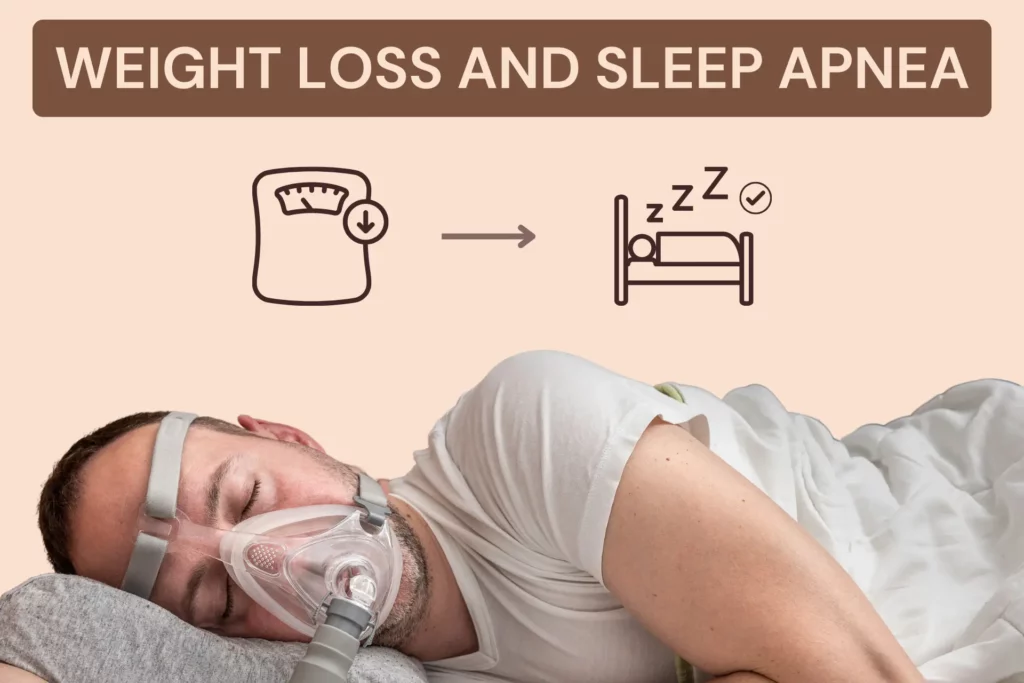
Could Weight Loss Be The Most Effective Treatment For Sleep Apnea?

Can Lack Of Sleep Cause Nausea? Know How To Prevent It
https://pubmed.ncbi.nlm.nih.gov/1637928
https://www.apple.com/healthcare/docs/site/Estimating_Sleep_Stages_from_Apple_Watch_Sept_2023.pdf